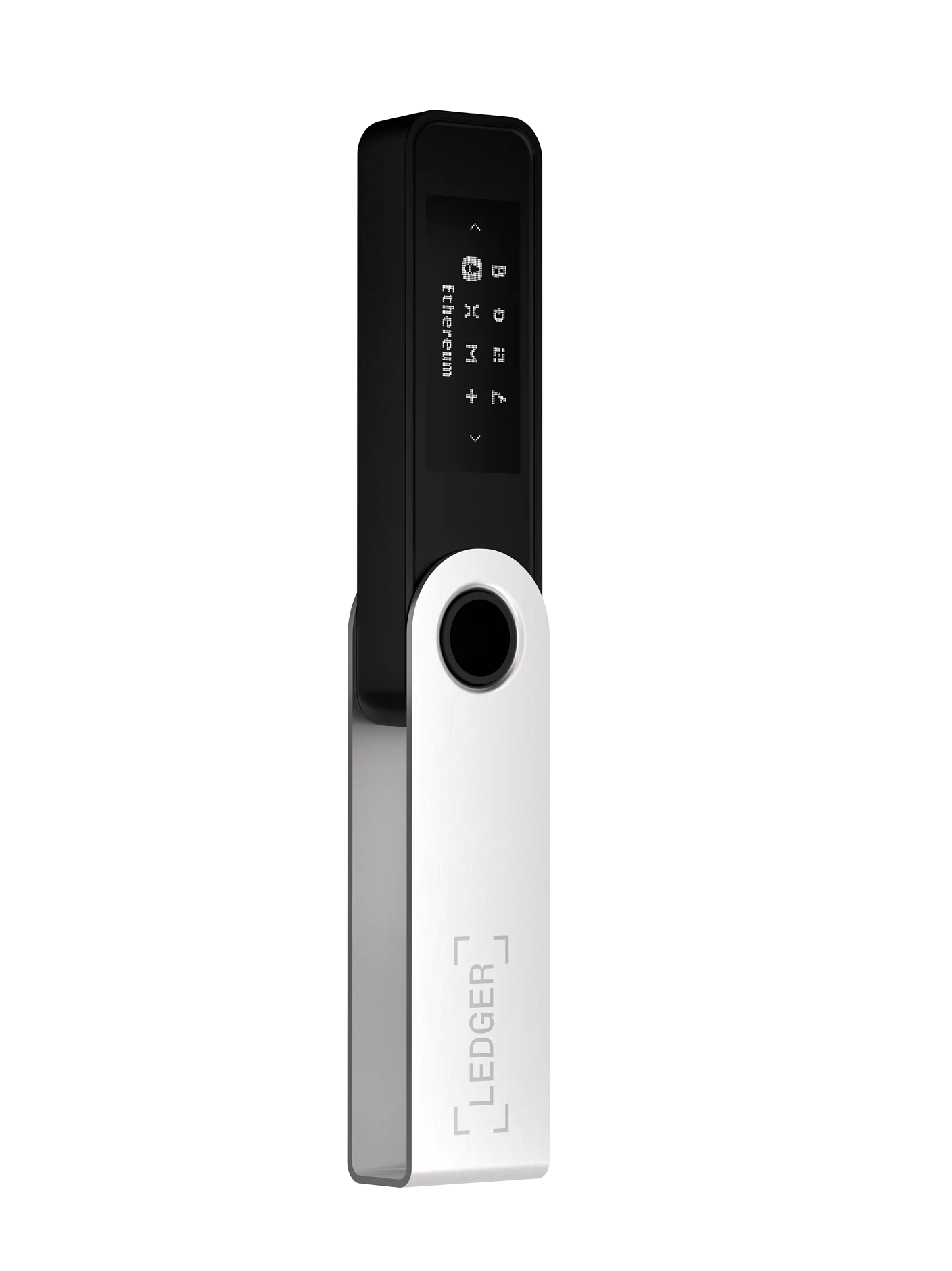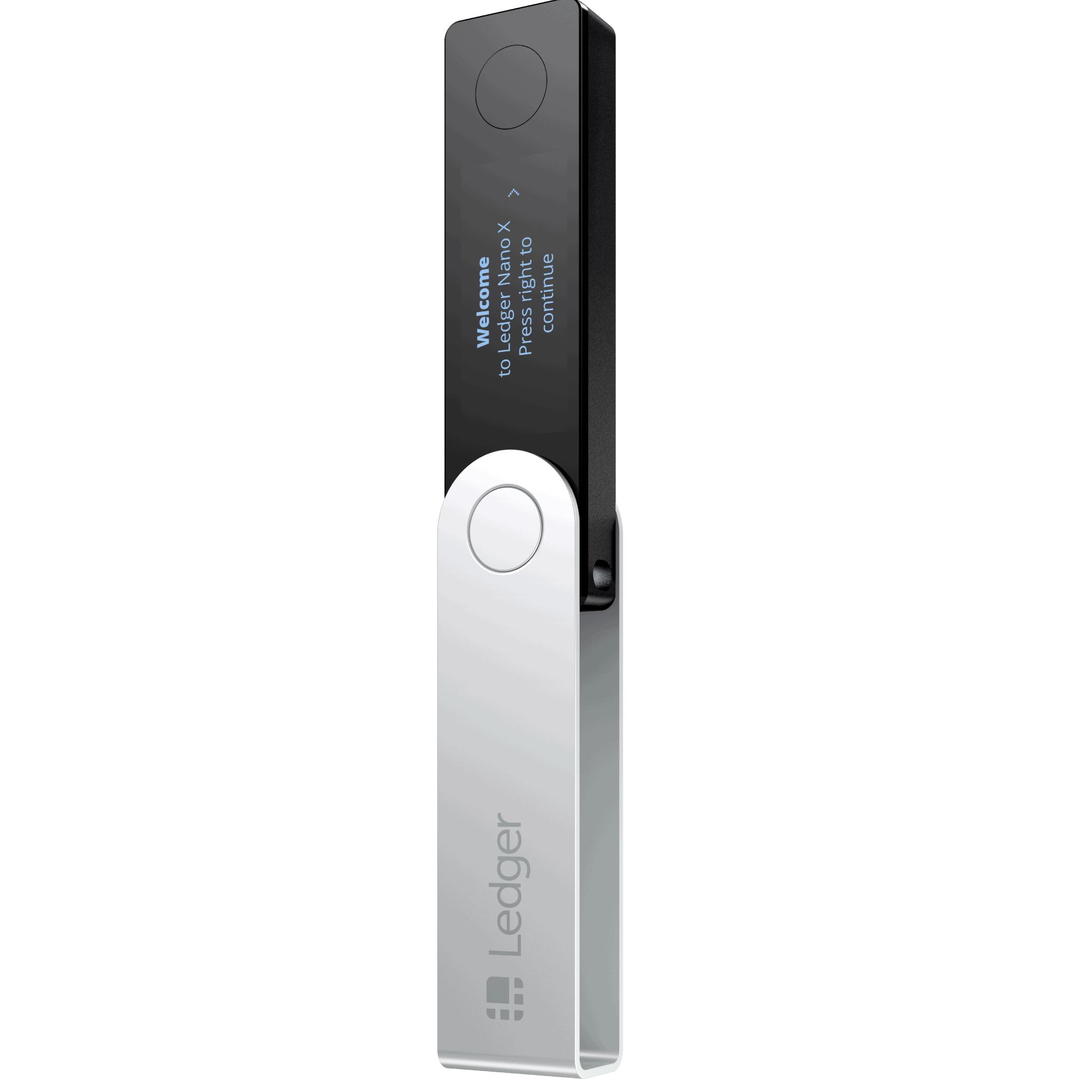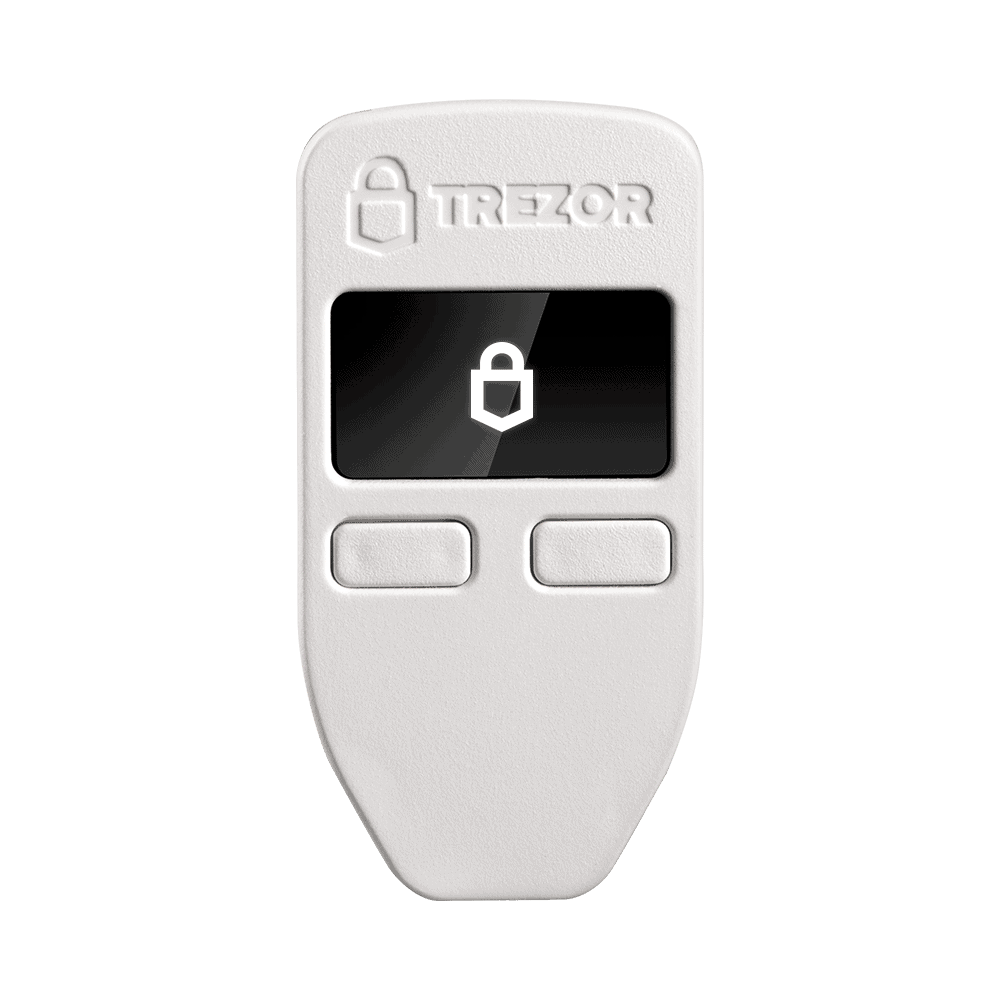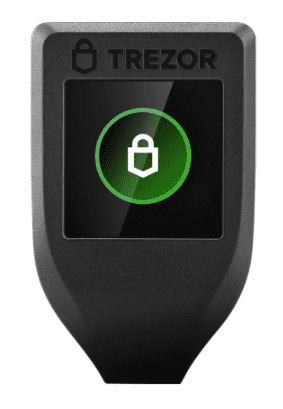Keeping your cryptocurrencies stored securely in a trusted wallet is crucial, especially if you have invested in a lot of crypto. You can choose either a software wallet or a hardware wallet. However, software wallets are not as secure as they claim to be; they are more easily hacked through your phone or computer.
If you are looking for the highest levels of protection, choose a hardware wallet that stores your crypto offline, making it impossible for any unauthorized party to access them. This is precisely what Trezor and Ledger offer in their devices. In this comprehensive article, we compare the two most popular names in the hardware wallet industry.
Ledger Pros & Cons
- Over 5,500 digital tokens are supported
- Available in two different models
- Easy-to-carry and stylish design
- Industry-leading security system
- No touch screen so it is not as user-friendly as the Trezor Model T
Trezor Pros & Cons
- 1,000+ tokens are supported
- 1.5” big touchscreen
- Two different models are available
- Best possible security measures are integrated
- Easy management with Trezor suite
- Trezor suite not available for iOS devices
- Model T is much more expensive than Ledger wallets
Ledger company history
Launched in 2014 by eight experts with experience in embedded security, Ledger is an innovative company that has constantly been growing and developing its security infrastructure with the latest technology to protect individuals, institutions, and business. Their mission is straightforward: to protect digital currencies, ICOs, IoT devices, and internet identities through innovative ways and authentic measures with a solid infrastructure. The company is currently among the most popular and successful security solutions for blockchain applications.
Trezor company history
Trezor was founded one year earlier than Ledger in 2013. They launched their first-ever hardware wallet in 2014, providing crypto users with a seamless security experience. Trezor was born out of the need for ultimate security and privacy in the crypto industry. With several exchanges getting hacked and users losing their funds stored in their software crypto wallets, Trezor decided to eliminate this risk and give crypto users full control over their funds. Trezor has also created an ecosystem that allows you to access your funds with ease through your computer.
Ledger vs Trezor wallet comparison
You should now have a pretty good idea of what both companies focus on and how they provide immense security to crypto and digital currency holders. Let’s take a deep dive into the crucial details.
Ledger Wallet
Ledger is more of a user-focused brand that keeps the preferences and likings of their users in mind along with the security they need. With state-of-the-art security systems, it is very unlikely for users to encounter safety and security issues. Different device colors and models, dedicated mobile applications, and an easy interface are just a few of the things that make Ledger an excellent choice.
Trezor Wallet
Trezor is more of a professional and advanced hardware wallet that does not really prioritize how their devices look or how many colors they come in. Their primary concern is how secure their wallets are and how easy it is for the users to use their devices. That is why they have created an ecosystem called Trezor suite that allows you to connect to your assets that are stored online through several means. You also get to choose between two wallet options as per your preferences and budget, both of which come with all the exceptional features you would expect from a hardware wallet.
Available Models
Ledger
Ledger is currently available in two models. Take a quick look below to find out their features:


Trezor
Trezor also has two variants of hardware wallets. But there are some major differences you might want to take a look at before getting your hands on one of them.


Wallet Security
Ledger
Both hardware wallets are integrated with the industry-leading and certified secure chip known as CC EAL 5+. The ANSSI certification is more proof that the wallets are secure. The wallets also allow users to set PIN codes so that only they have physical access to their wallets. Ledger also provides a 24-word recovery phase, which you should keep safe and not store on the internet at all costs for the best possible security.
Trezor
Trezor has efficient security features that ensure your funds go nowhere unless you want them to. With FIDO2 and U2F authentication standards, no one other than you can access your digital assets stored in a Trezor wallet. With physical confirmation required right from the wallet device for any type of transaction, it makes it impossible for anyone over the internet to access your funds or get them out. Trezor also keeps all your data offline without collecting any personal information. You can also set a PIN or passphrase for your Trezor wallet to secure it physically. With the firmware-less design, there is no chance of your device being hacked or breached.
Interface Style
Ledger
Ledger comes with a very easy-to-use interface that can be controlled with the buttons in both variants. You can simply connect any of your Ledger wallets to your mobile device or desktop platform. However, the Ledger screen is relatively smaller than the competition, so you might have to difficulty reading the information displayed.
Trezor
Trezor Model One comes with two simple buttons to control the wallet interface. The two buttons are enough to confirm transactions, select apps, and perform other tasks with ease. The Trezor Model T variant comes with a big touchscreen which makes it easier for you to control the interface. You can quickly initiate and confirm transactions without worrying about the buttons, and with its big screen, everything will be clearly visible.
Currency Support
Ledger
Ledger supports over 5,500 crypto assets, beating almost all the competition. You can also have up to 100 apps installed in any of your Ledger wallets to keep your crypto assets safe and secure.
Trezor
Trezor supports a maximum of 1,456 digital assets with unlimited hidden wallets to keep your assets protected. The basic variant of the hardware wallet, Trezor Model One, supports about 1,289 tokens and digital currencies.
Ledger vs Trezor feature comparison
There are some key differences in the features of Ledger and Trezor. Starting with the interface of the hardware wallets, Ledger does not offer a touchscreen. With Trezor, there is a large touchscreen offered in the advanced Trezor Model T variant, while the Model One uses buttons. Ledger also allows users to customize the appearance of their wallets and make them stylish. Trezor wallets come with a standard structure and design.
For critical security features, Ledger comes with an integrated chip that ensures that the wallet is safe from attacks. Trezor comes with a firmware-less structure leaving no vulnerability for hackers. Ledger supports over 5,000 assets, while Trezor only supports around 1,500 digital assets.
Ledger wallets are a little more convenient to use, as the Ledger Nano X comes with Bluetooth integration. You can easily it with your mobile device without connecting a cable. Trezor does not yet have dedicated support for mobile devices, neither wired or wireless.
Mobile app
Ledger has dedicated mobile applications. You can connect your Ledger wallet with mobile applications through Bluetooth or USB cable. You can easily download the applications from the app store of Android or iOS devices.
Trezor has no official applications available as of yet. Trezor recommends that Android users use their browser or third-party apps like MetaMask to access their Trezor wallet through mobile by connecting with a cable. The platform plans to bring mobile apps for Android and iOS users.
Pricing
Ledger Nano S Plus costs $79, while Ledger Nano X costs $149, both including free shipping. Trezor Model One costs $69 and Trezor Model T costs $219, excluding shipping. Note that prices may vary depending on your location.
Ease of use
Both Trezor and Ledger are very easy to use. The Ledger devices come with a small screen, and operations are conducted using the buttons. Trezors screens are bigger, which definitely makes a difference for some users. Trezor offers a button system in one of their variants and a big touchscreen in the other.
As for the setup, it is relatively easy on any of the Ledger or Trezor devices. You have to set up a PIN and are provided with the seed phrase to keep it safe. You can use your Ledger wallets with mobile phones through a Bluetooth connection or a wired connection. Unfortunately, Trezor does not have dedicated mobile apps, which is why it is better to use the wallet only with your laptop or desktop computer.
Final verdict
Considering what both hardware wallets have to offer, it can be quite difficult to choose one over the other. But there are many aspects where Ledger is a bit ahead of Trezor in terms of support and ease of use. For instance, Ledger supports over 5,500 assets compared to Trezor’s 1,500. Plus, Ledger has Bluetooth connectivity and Trezor has yet to launch their official application for mobile devices.
Both offer affordable models. So, if you have a portfolio of cryptocurrencies, even if it is only worth a few hundred dollars, it is recommended to go with a hardware wallet like Trezor or Ledger. Risking your assets on a centralized exchange or a software wallet is definitely not worth it and can cost more in the end.
Marketplacefairness.org provides all its content for informational purposes only, and this should not be taken as financial advice to buy, trade or sell cryptocurrency or use any specific exchange. Please do not use this website as investment advice, financial advice or legal advice, and each individual's needs may vary from that of the author. This post includes affiliate links with our partners who may compensate us.
To view our privacy policy read it here.

